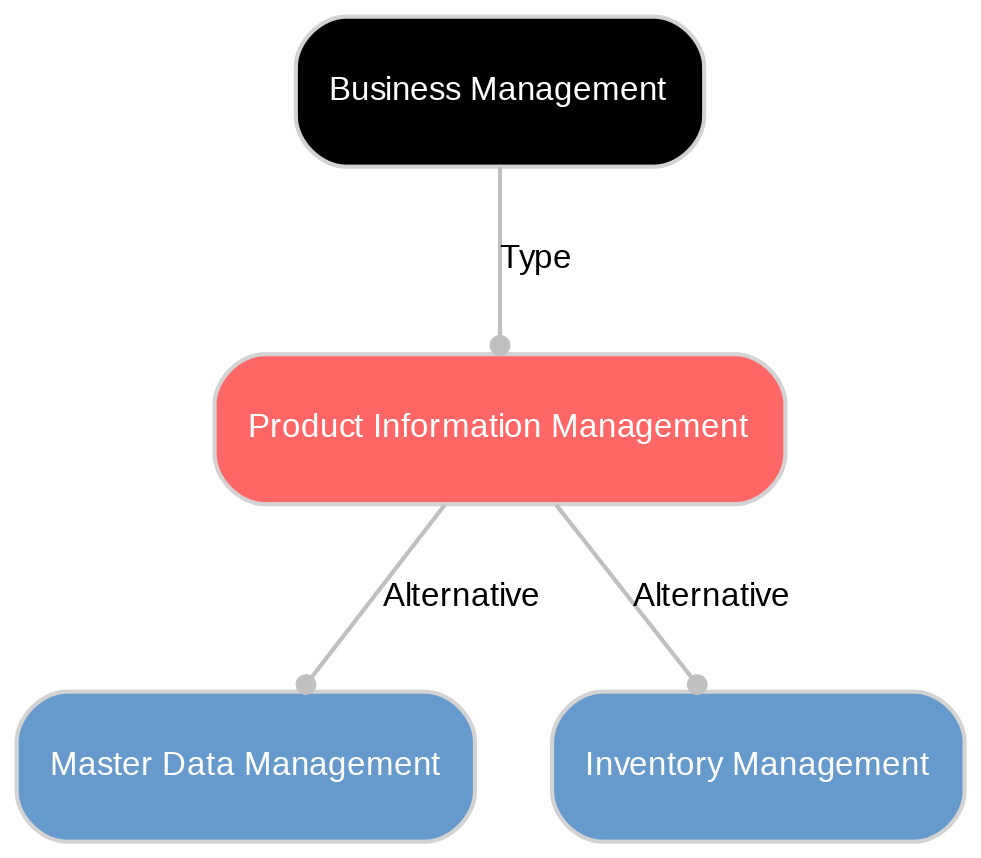Product Information Management definition
Product Information Management (PIM) centralizes, synchronizes, and optimizes product data for effective multichannel marketing, enhancing customer experiences and operational efficiency.
What is Product Information Management?
Product Information Management, or PIM, is a crucial tool for businesses dealing with multiple products across various channels. It helps in the effective collection, management, and distribution of product data from a central hub. PIM systems ensure consistent and accurate delivery of product information to sales channels like e-commerce websites, marketplaces like Amazon, and social media platforms. They play a significant role in providing an excellent customer experience by maintaining high-quality data about products. PIM systems not only streamline workflows but also automate tasks to improve operational efficiency within organizations. By leveraging these systems, businesses can launch new products quickly while ensuring positive customer engagement.
Why is Product Information Management Important?
In an era where digital commerce dominates the market, Product Information Management holds immense importance. With the rise of omnichannel selling and multi-channel marketing, consistency in product information becomes a vital factor for business success. PIM systems help maintain this consistency by centralizing all product data in one place, thereby reducing discrepancies and ensuring accuracy. This centralized system also enhances operational efficiency by automating tasks and streamlining workflows. By improving data quality, PIM can boost customer trust, leading to increased brand loyalty and greater ROI for businesses. Additionally, with the aid of AI capabilities within PIM systems, businesses can further enhance their product data management capabilities.
How Does Product Information Management Work?
In essence, a Product Information Management system operates as a central repository for all product data within an organization. The PIM system collects product data from various sources and standardizes it, ensuring consistency across the board. This centralized data can then be enriched and optimized for different sales and marketing channels.

By integrating with other business platforms such as ERP systems, PIM ensures that up-to-date product information is accessible throughout the organization. For example, when a new product is introduced or an existing one is updated, the changes are made in the PIM system first. These updates are then automatically distributed to all sales channels, thus maintaining consistency of information. In this way, PIM systems work to streamline operations, reduce manual errors and enhance productivity by automating processes related to product data management.
Explore Sanity Today
Understanding Product Information Management is just the beginning. Take the next step and discover how Sanity can enhance your content management and delivery.
Last updated: